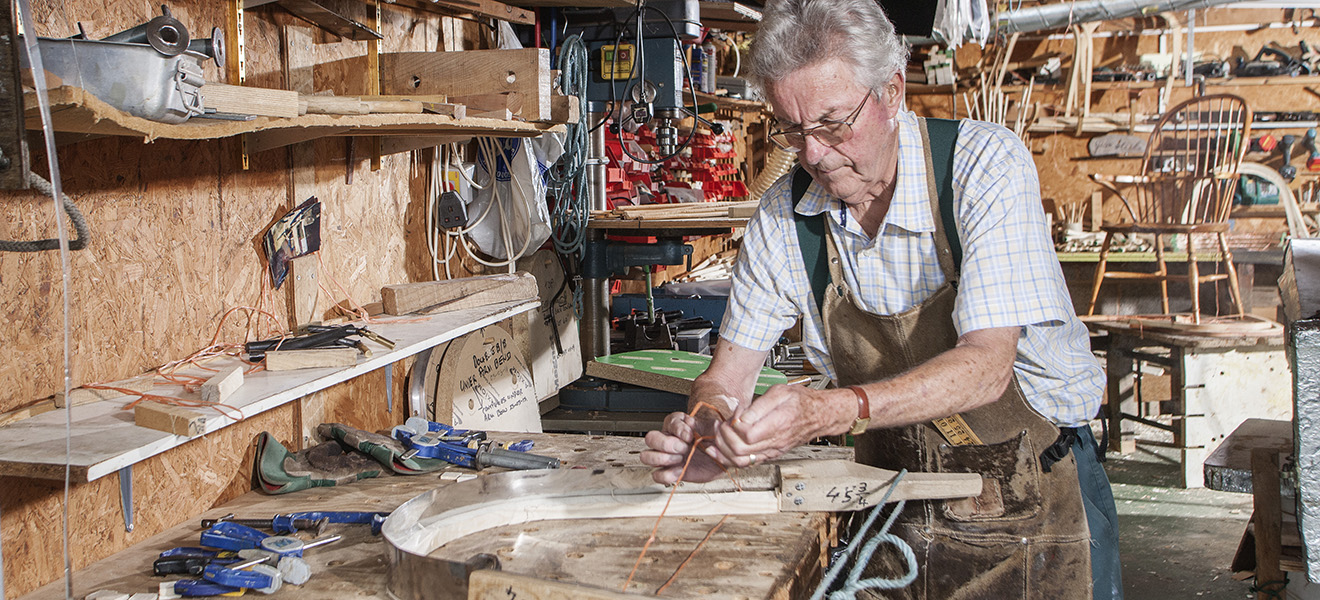The neon sign maker: 'Piccadilly Circus was our answer to Vegas – now it's all pixellated screens'
This week's Living National Treasure is Marcus Bracey, the man behind the neon signs that light up our cities. He spoke to Tessa Waugh; portraits by Richard Cannon.
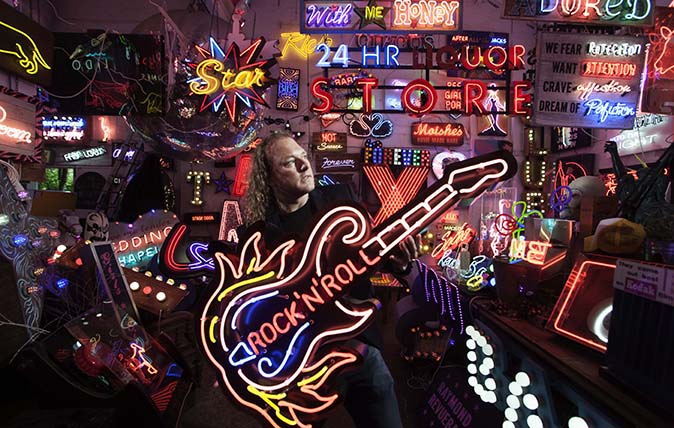

‘Every time I come here, it blows my mind,’ admits Marcus Bracey as he approaches Gods Own Junkyard, his neon emporium in Walthamstow, east London.
‘You walk through an old grey industrial estate, push the blue door open and pow – the contents hit you in the face.’
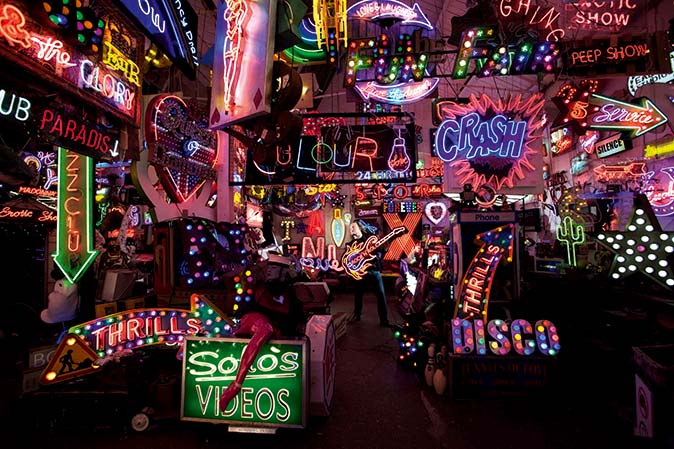
Mr Bracey is a third-generation neon artist, whose grandfather, Dick, was responsible for some of Soho’s most iconic signs at nightspots that included Raymond’s Revue Bar in Brewer Street, Bar Italia and Madame Jojo’s.
‘Back in those days, Piccadilly Circus was our answer to Vegas,’ he remembers. ‘Now, it’s all pixelated screens.’
Mr Bracey’s father, Chris, joined the family business in the 1970s: ‘He did 99% of all Soho signs and was known as the “the neon man” and “the master of glow”.’
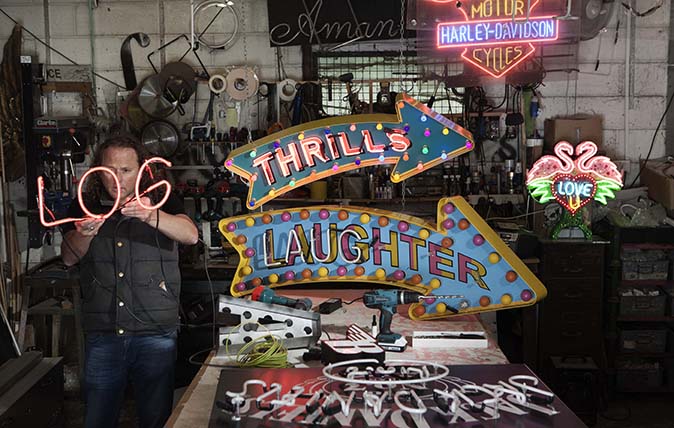
Mr Bracey began working for his father at the age of 19 and has watched the business evolve. ‘Neon started off as a light source for the seedy side of life, but, now, it’s a contemporary art medium,’ he muses, adding that some 70% of his commissions are for art pieces.
‘I’m constantly upcycling – when clubs close and the signs are taken down, they have another life hanging in someone’s home.’
Sign up for the Country Life Newsletter
Exquisite houses, the beauty of Nature, and how to get the most from your life, straight to your inbox.
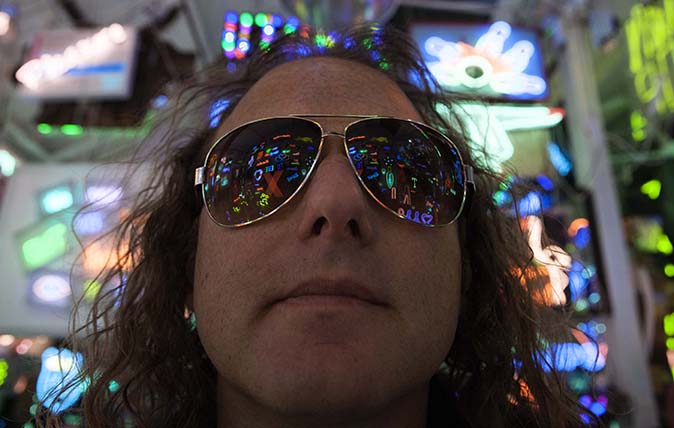
Everything is made on site in Walthamstow by a staff of about 40 people. ‘There are a few different trades involved in every piece: sprayers, metal fabricators, glass shop, technicians and graphic designers,’ he explains.
‘Visitors to Gods can stay for a coffee or a drink in the beer garden. We’ve created this wonderful neo-Narnia.’
For more information, visit www.godsownjunkyard.co.uk.
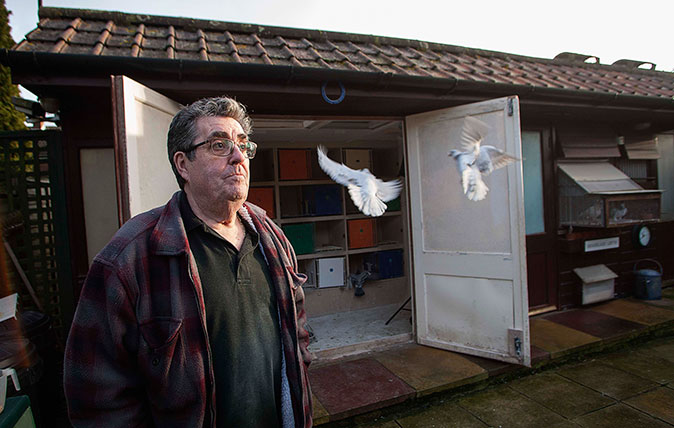
Credit: ©Richard Cannon/Country Life Picture Library
The Pigeon Fancier: 'I set up a deckchair in the garden and wait for them to come back. That’s the most exciting part.'
This week’s Living National Treasure is Colin Hill, a pigeon fancier whose birds regularly race from the tip of Scotland
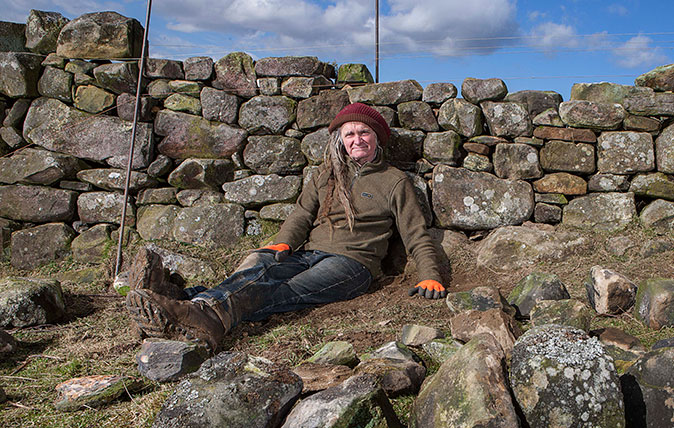
The dry stone wall builder: 'Every metre of wall contains a ton of stone. You really feel it after a hard week.'
This week's Living National Treasure is Anthony Gorman, a man who has spent his life building beautiful walls by hand
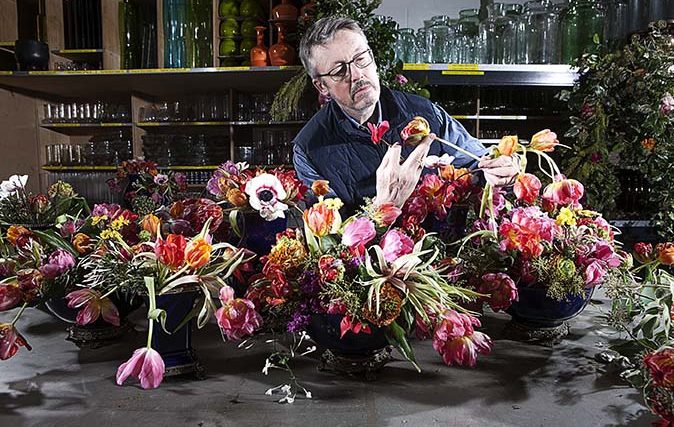
The Florist: 'What I do is like good cooking – if you have beautiful ingredients, you can’t go wrong'
This week's Living National Treasure is royal florist Shane Connolly – and while he might be based in Britain, he's
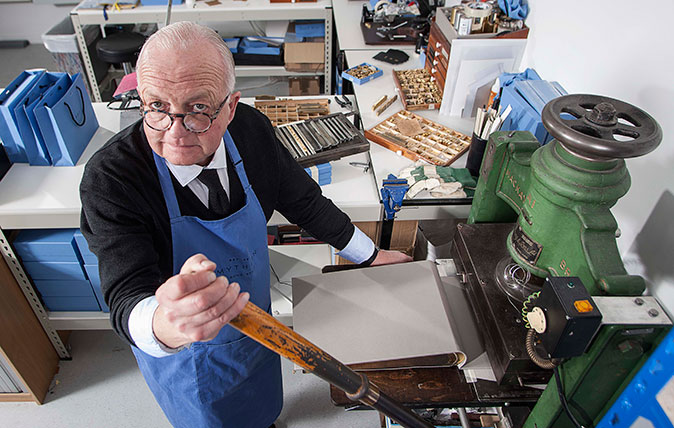
The gold stamper: ‘The younger generation is very appreciative of artisan work – they’re the ones driving the trend’
This week's Living National Treasure is John Timms, the man who leads the team that stamps gold lettering into thousands
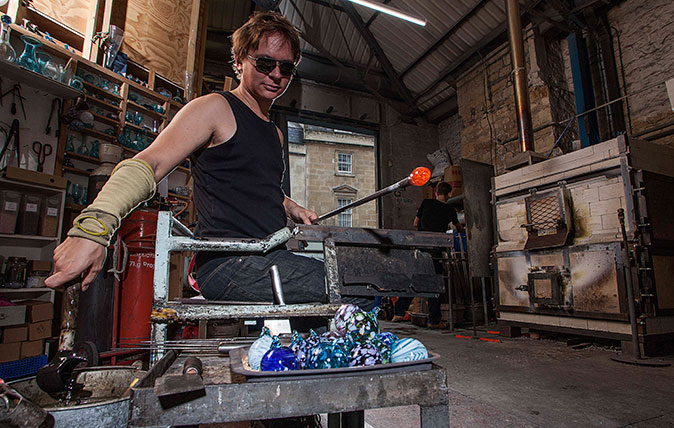
Credit: Living National Treasure: The Glassblower - ©Country Life/Richard Cannon
The Glassblower: 'When something goes wrong you can't fix it – you just sling in into the bosh bucket and start again'
Ian Shearman's team of glassblowers are still making glass using a technique that's 2,000 years old. Mary Miers found out
Country Life is unlike any other magazine: the only glossy weekly on the newsstand and the only magazine that has been guest-edited by HRH The King not once, but twice. It is a celebration of modern rural life and all its diverse joys and pleasures — that was first published in Queen Victoria's Diamond Jubilee year. Our eclectic mixture of witty and informative content — from the most up-to-date property news and commentary and a coveted glimpse inside some of the UK's best houses and gardens, to gardening, the arts and interior design, written by experts in their field — still cannot be found in print or online, anywhere else.
-
 What should 1.5 million new homes look like?
What should 1.5 million new homes look like?The King's recent visit to Nansledan with the Prime Minister gives us a clue as to Labour's plans, but what are the benefits of traditional architecture? And can they solve a housing crisis?
By Lucy Denton
-
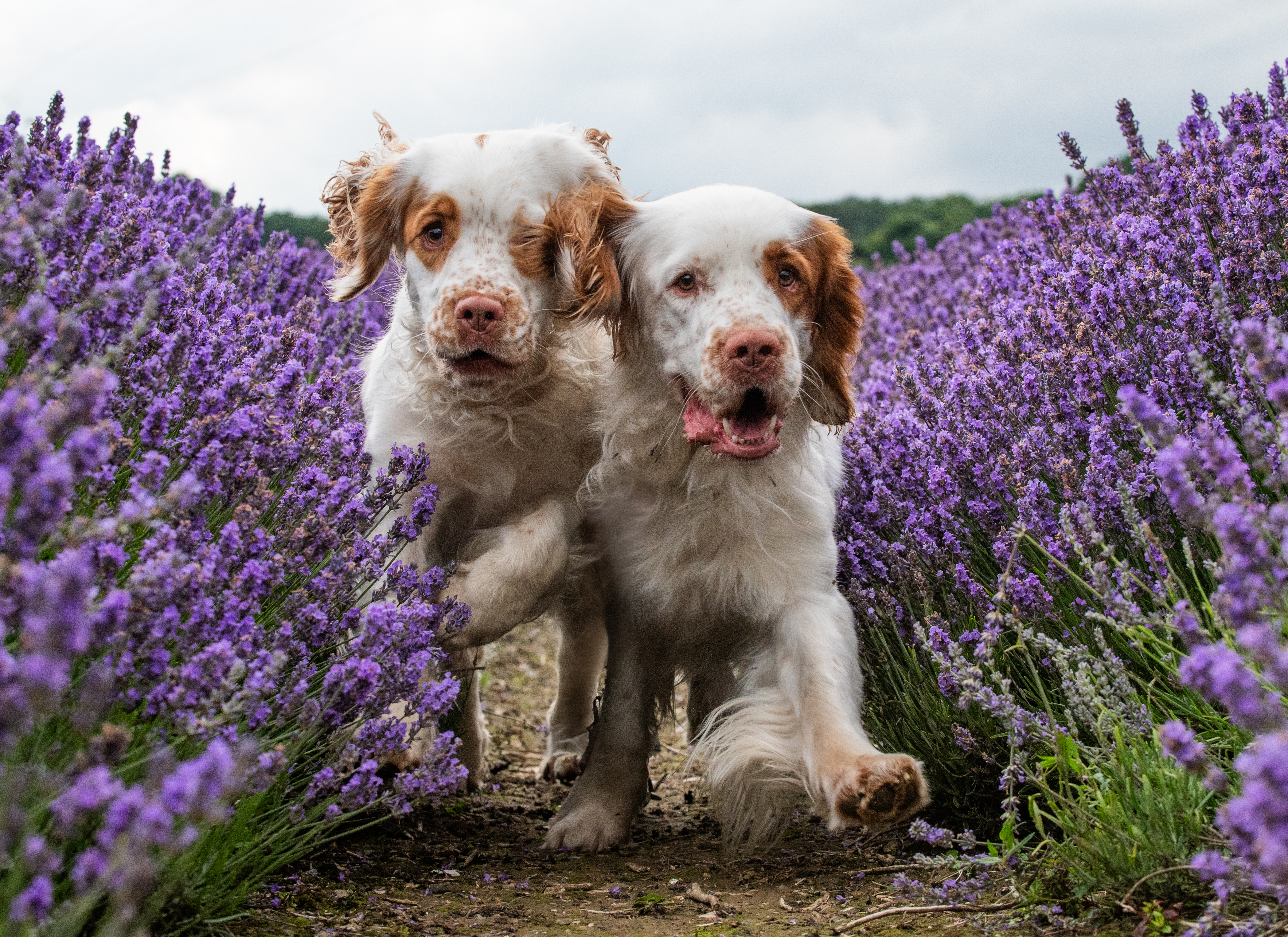 Having a ruff day: Kennel Club exhibition highlights the plight of vulnerable spaniel breeds
Having a ruff day: Kennel Club exhibition highlights the plight of vulnerable spaniel breedsPhotographer Melody Fisher has been travelling the UK taking photographs of ‘vulnerable’ spaniel breeds.
By Annunciata Elwes
